Wednesday
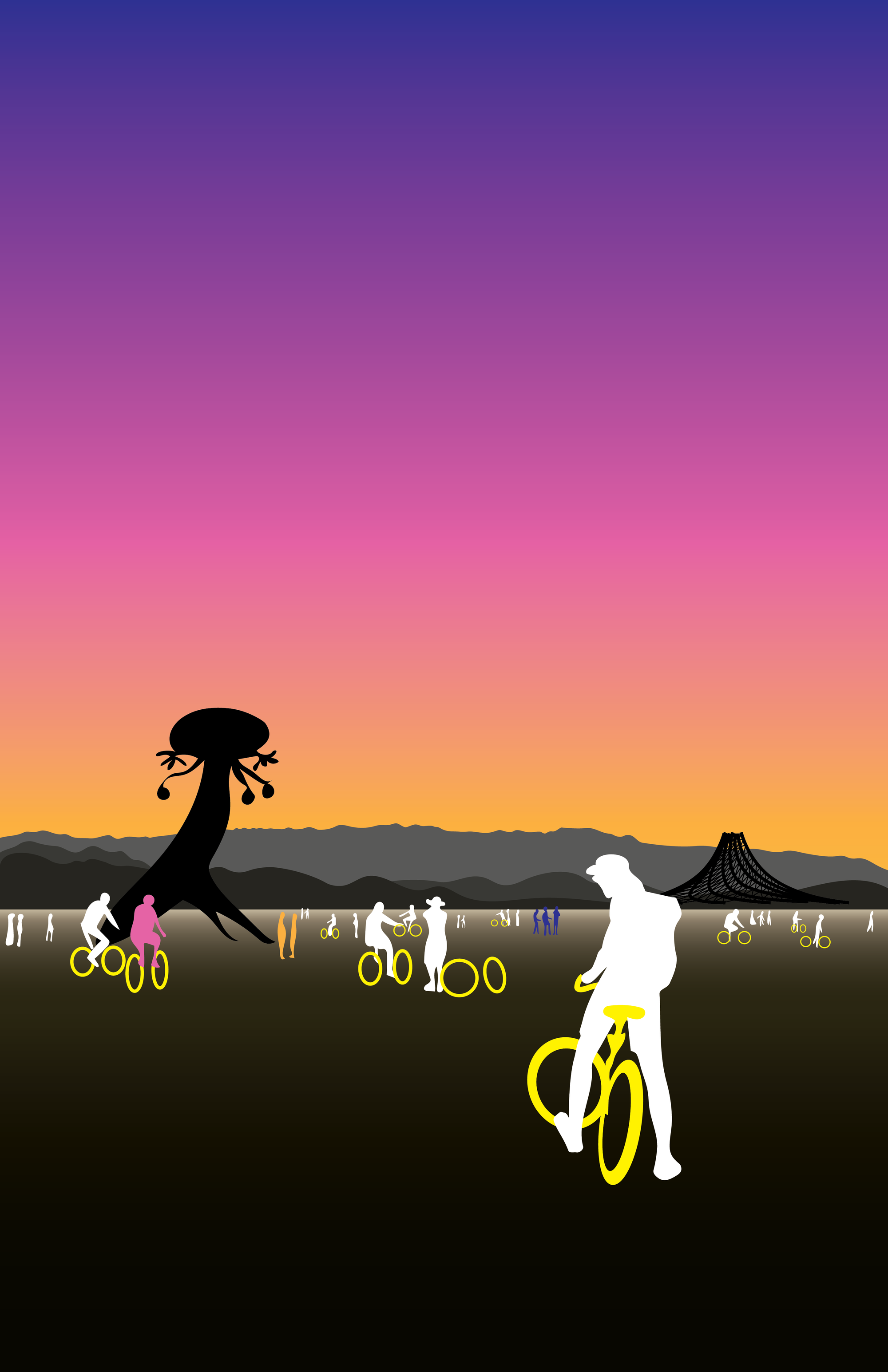
Diversity at Burning Man 2017 represented as ratios of people using hue. Total people in picture = 30; white (Caucasian): 77.1%; orange (Asian): 5.6%; pink (Hispanic/Latino): 4.9%; blue (Other): 9.3% . Not pictured are groups too small to be represented with n = 30 (Middle Eastern/North African: 1.6%, Black: 1.0%, Native American: 0.5%).
Thursday
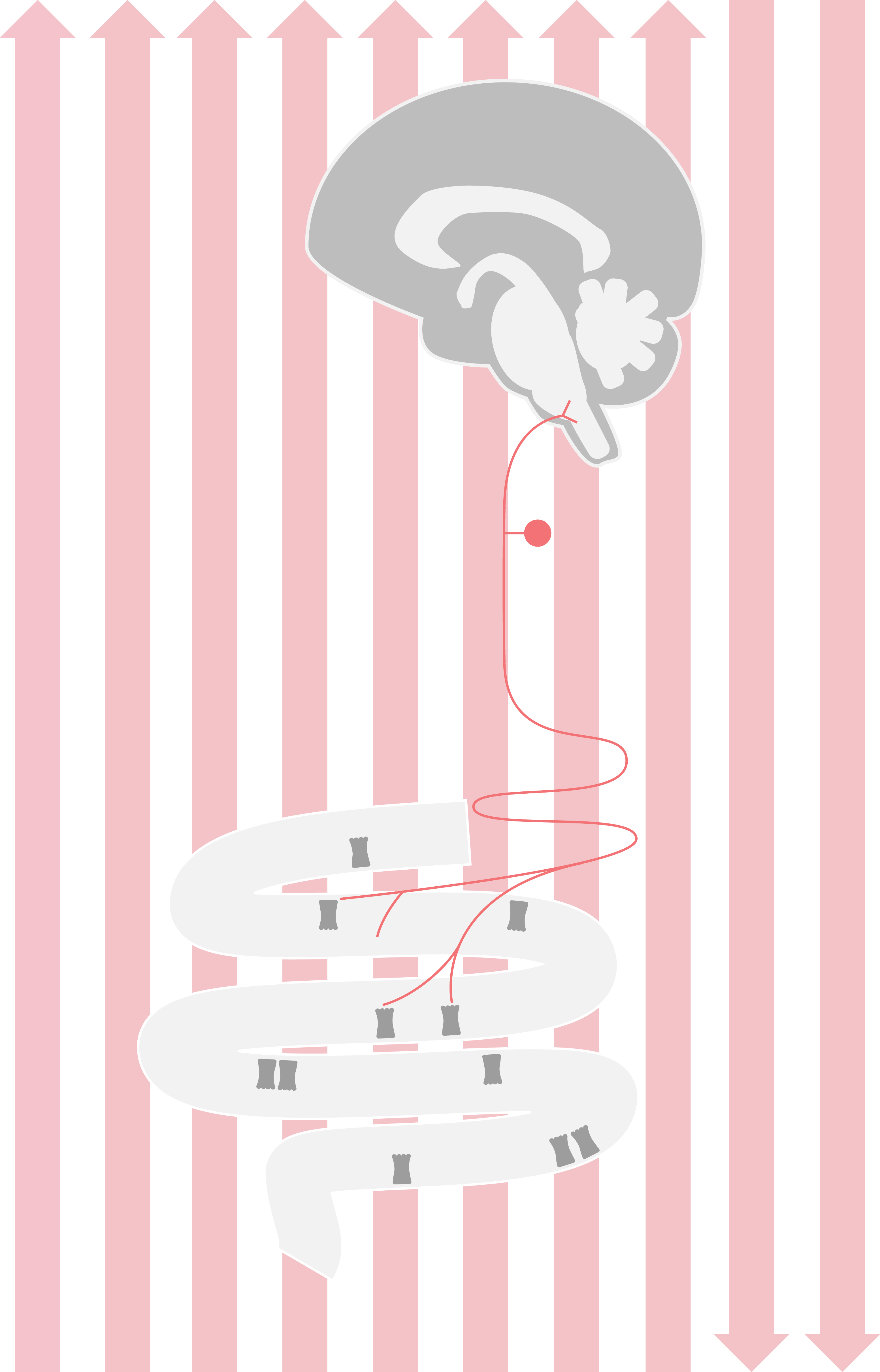
The vagus nerve is made up of 80% afferent fibers (fibers that communicate signals going from the periphery to the brain) and 20% efferent fibers (fibers that communicate signals going from the brain to periphery). Arrows are used to denote directionality (orientation).
Friday
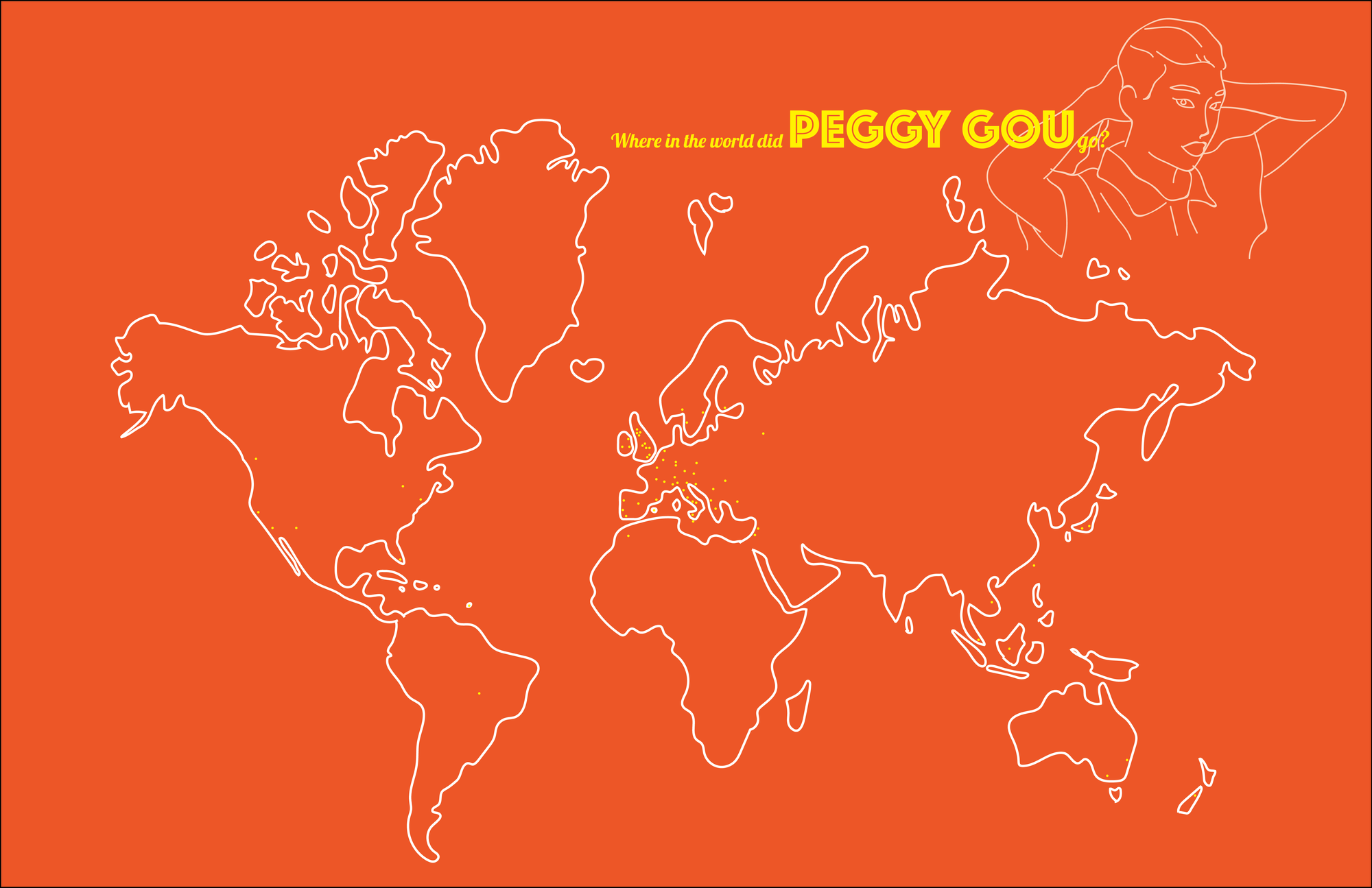
Peggy Gou, a South Korean DJ who quickly rose to fame after her first EP release in 2016, played 124 shows around the world in 2018. The yellow dots mark the locations in which she played (data can be extracted by the position of the dots). The original sketch included flight paths from each location to another, but I decided to implement that at a later point, perhaps if I go ahead and make this map interactive.
Saturday
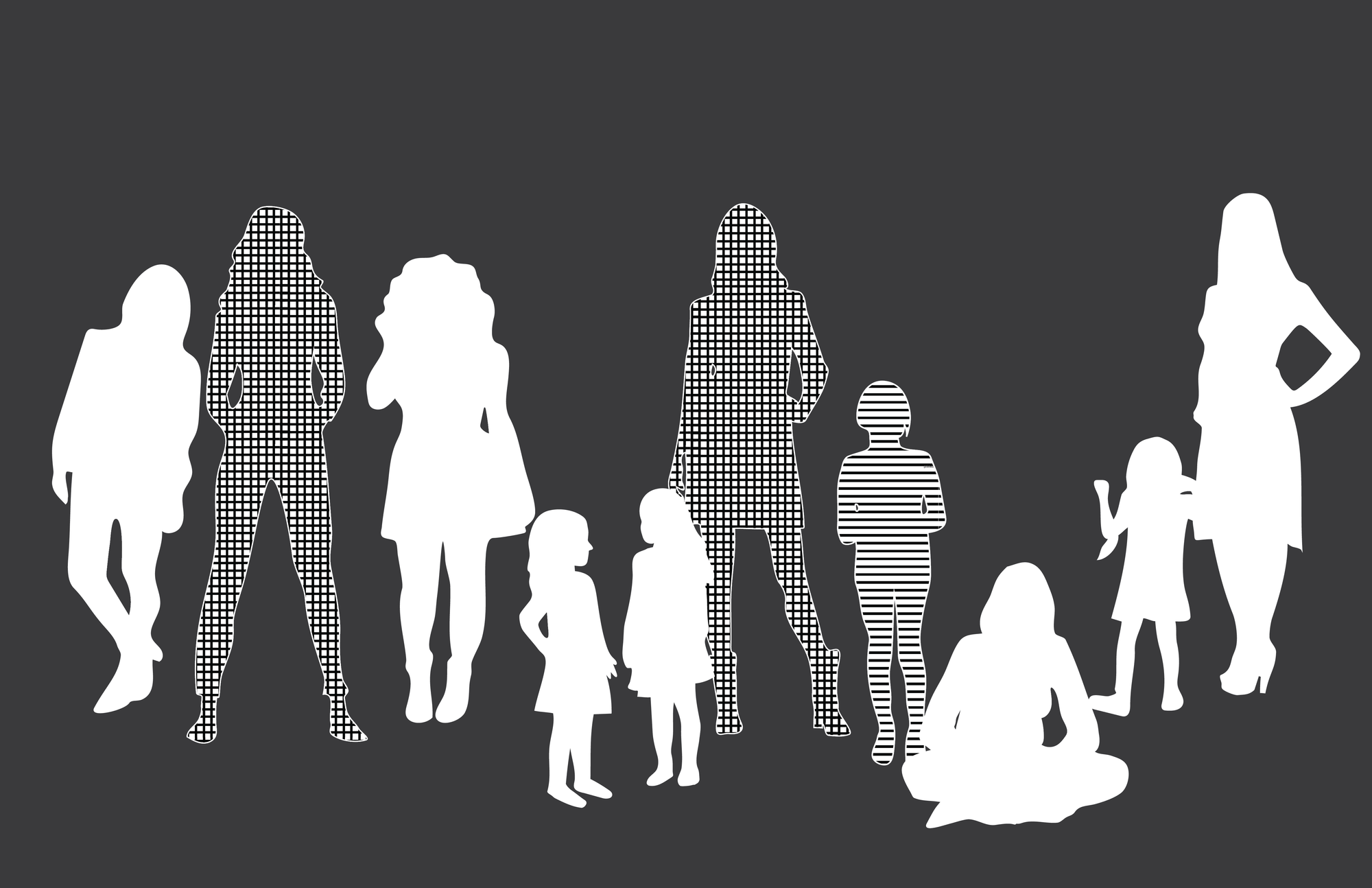
A few numbers are depicted in this image. There are 10 women in this image, six adults and four children. In the US, 1 out of 3 women experience sexual violence during their lifetime--three women total are textured (3 out of 10 is ~1 out of 3). 1 out of 5 women will be raped at some point in their lives--two women are textured with vertical and horizontal lines. 1 out of 4 girls will be sexually abused before the age of 18--one girl is textured with horizontal lines.
Sunday
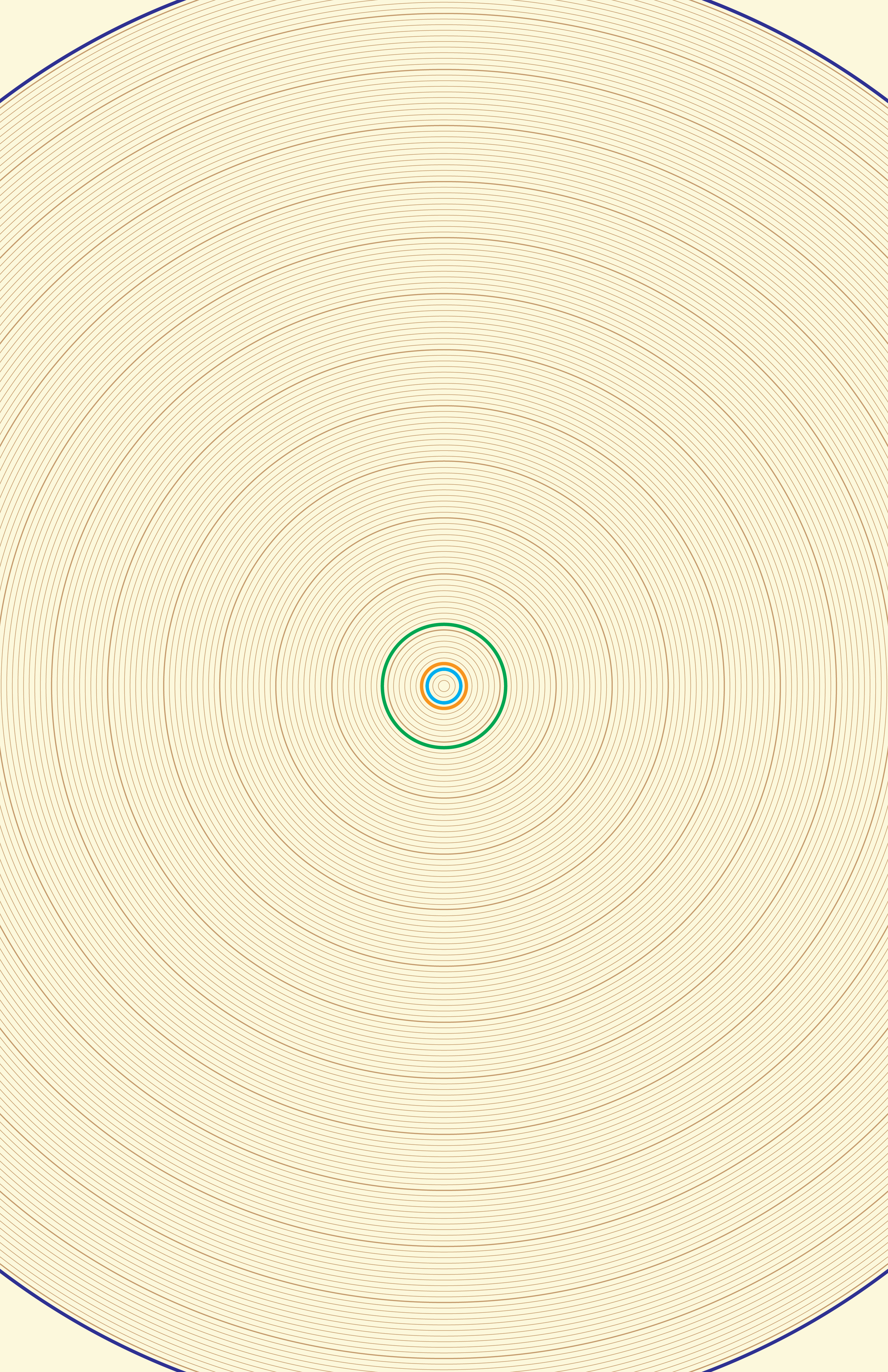
This image visualizes the amount of primary use required to take reusable bags below the global warming potential of HDPE bags without secondary reuse, by size of the circles. You would have to use a paper bag 3 times (light blue circle), a LDPE bag 4 times (orange circle), a non-woven PP bag 11 times (green cicle), and a cotton bag 131 times (dark blue circle).
Monday
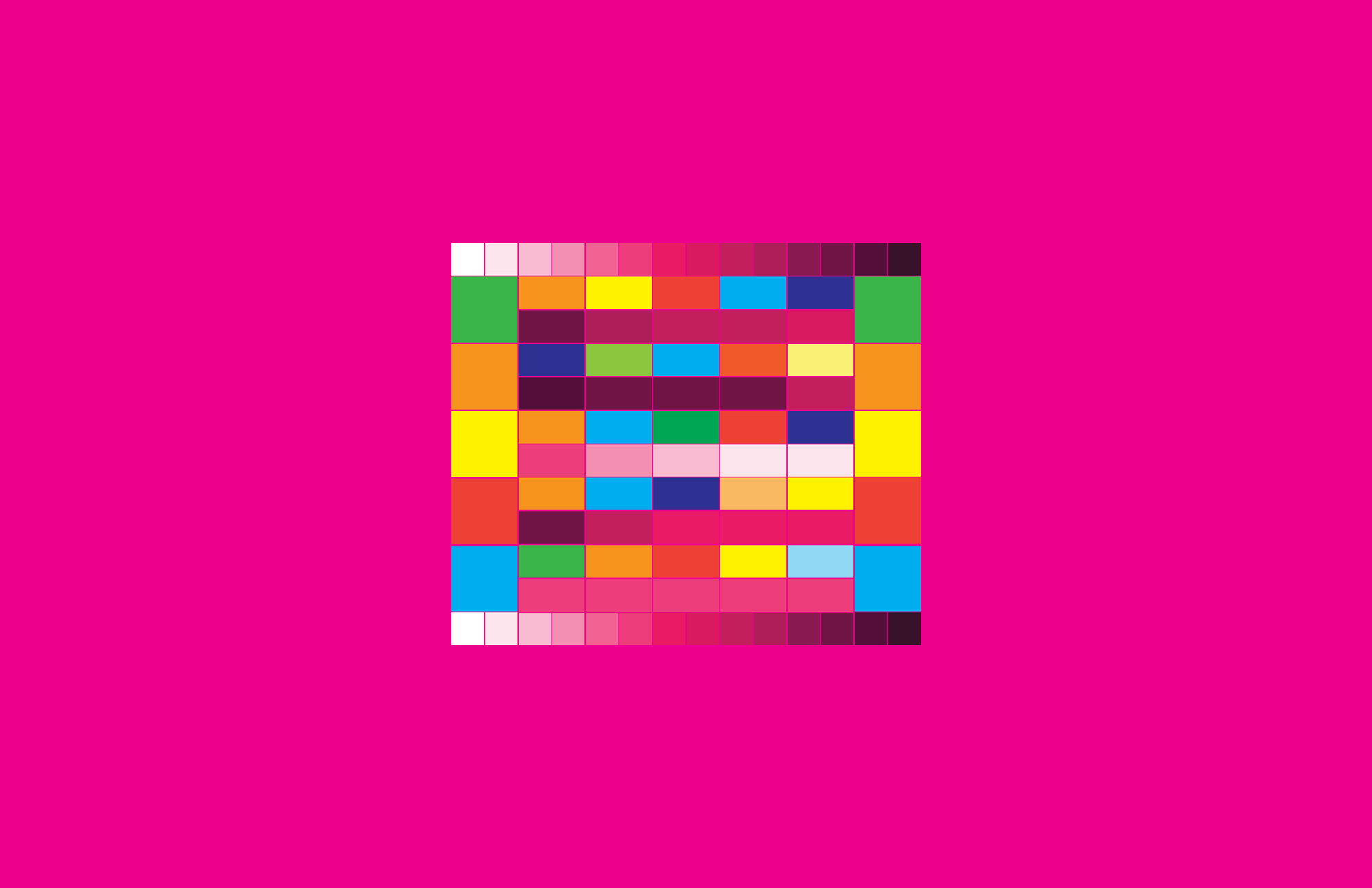
I was curious about Guatemala's textiles industry, so decided to map out the country's top five exporting partners, as well as how many US thousands of $ they were exporting to each country. I also then took Guatemala's top exporting partners, and mapped out who they were exporting textiles to and how much. The value of exports are represented by the value of pink (the scale is on the top and bottom of the rectangle). The lightest pink represents $0, and the darkest pink represents $10,000,000. The country is represented by categorical colors (both the country in question, on the left and right, and their exporting partners). For example, Guatemala's top exporting partner for textiles & clothing is the United States, at $1,189,141.59. The design and colors were inspired by traditional textiles of Latin America, and is meant to be aesthetically interesting while also conveying information, once the viewer understands the color values.
Tuesday
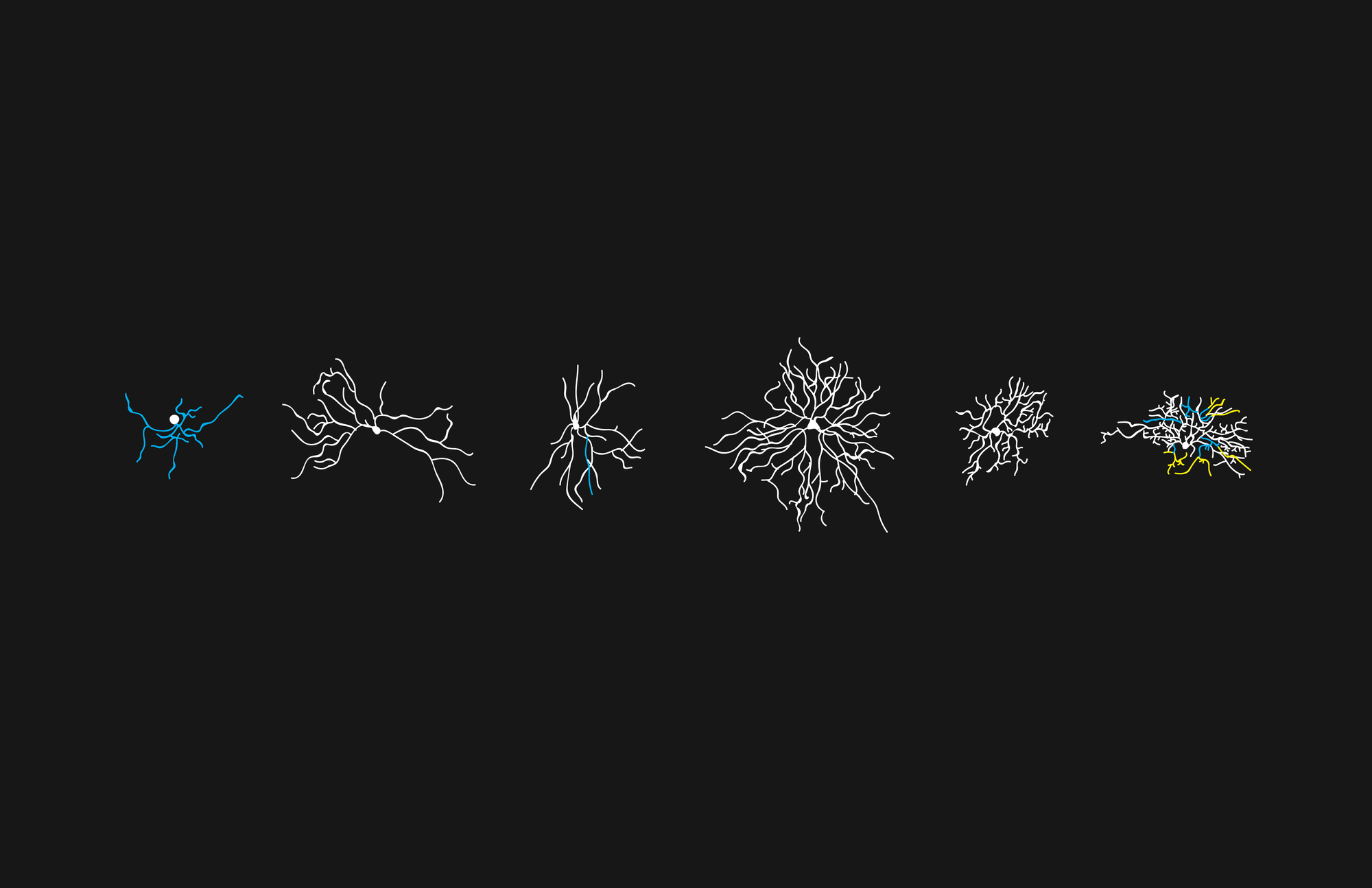
There are six types of known intrinsically photosensitive retinal ganglion cells (ipRGCs). ipRGCs are specialized ganglion cells in the retina that express the photopigment melanopsin, and consequently are sensitive to light. They are known for non-image forming functions, such as the pupillary light reflex, and regulation of circadian rhythms. The different types of ipRGCs, M1 through M6, can be distinguished by their shape (or morphology). The different colors denote changes in stratification in the inner plexiform layer (IPL). Blue indicates stratification in the OFF layer, while the yellow indicates a dip back down to the ON layer after stratifying up to the OFF layer.